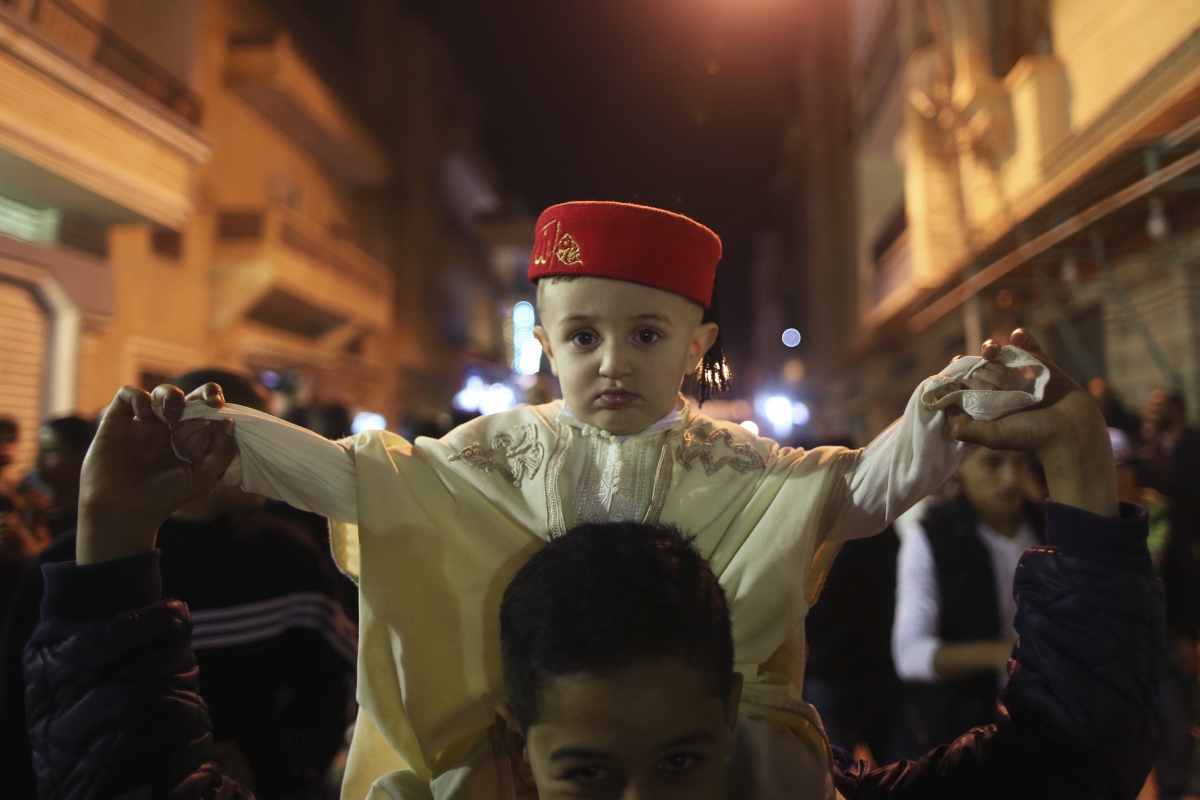

The fifth day, which begins at sunset on Thursday, is the day for congregational prayer, but is not considered a day of rest.īecause local determination of dates can be extremely confusing, for historical and civil purposes a version of the calendar that is not based on local month-by-month observation is widely used. The names of the days of the week are numbers. The week has 7 days and begins at sunset on Saturday (Gregorian calendar). The day begins and ends at sunset, at the instant at which a white thread can no longer be distinguishedįrom a black one. The names of the months and their lengths in the calendar are: Name of month Practice of sighting the moon is observed most strictly for Ramadan, the month of fasting. The result is that dates may differ from city to city. If poor visibility makes it impossible to see the moon, the new month begins 30 days after the last one began. Because the year in the Islamic calendar is shorter than a solar year, the months drift with respect to the seasons, in a cycle 32½Ī new month begins when the ulama first sight the lunar crescent after a new moon. Quran (Sura IX, verses 36–37) sets the calendar year at 12 months. There is no intercalary period, since the The years are lunar and consist of 12 lunar months. (Astronomers, however, use an “astronomical Hegira epoch” that began on 15 July 622 (Julian calendar).) Years Of the era of the Hegira (1 Muharram a.h. 17 ‘Umar I, the second caliph, established the beginning

before a date mean “anno Hegirae” or “after Hegira.” The first day of the year is fixed in the Quran as the first day of the month of Muharram. Its era begins with the migration from Mecca to Medina of Mohammed, the Prophet of Islam, an event knownĪs the Hegira. The Hijrah, historically speaking, is the central event of early Islam, the turning point in Islamic history that led to the foundation of the first Muslim state.The Islamic calendar is the official calendar in Kuwait, Saudi Arabia, Yemen, and some other Middle EasternĬountries, and is used privately by Moslems everywhere. After consulting his companions, he set the Hijrah-the flight of the Prophet (peace and blessings be upon him) from Makkah to Madinah-as the most appropriate reference to the new Islamic era. The dating of the Islamic years was introduced by the second caliph, ` Umar ibn Al-Khattab, in 638 CE (16 AH) in an attempt to circumvent all the various conflicting dating systems used during his time. It takes about 33 years for the Islamic dates to rotate through the solar seasons. For example, Ramadan and Hajj can fall in the summer as well as in the winter. This means that Muslim months fall in different seasons. Since the Islamic calendar is lunar, its year is 10 or 11 days shorter than the Gregorian year.

Fighting (killing) is prohibited during these sacred months except in self-defense. Islam inherited and approved this practice. In the pre-Islamic period, raids among the Arab tribes were forbidden and hunting was halted during these months. However, the dates of so me of these events, such as that of Laylat Al-Qadr and the Prophet Muhammad’s journey of Israa’ and Mi`raj, have not been conclusively specified, and there has been some uncertainty about the exact date of the event.įour of the twelve months are sacred: Rajab, Muharram, Dhul-Qi`dah, Dhul- Hijjah). The most important dates in the Islamic calendar are: 1 Muharram (Islamic New Year) 10 Muharram (Day of `Ashura’) 27 Rajab (Israa’ and Mi`raj) 1 Ramadan (first day of the month of fasting) the last ten days of Ramadan, which include (Laylat Al-Qadr) 1 Shawwal (`Eid Al-Fitr) 8 – 10 Dhul-Hijjah ( Hajj) 9 Dhul-Hijjah (Day of `Arafah) 10 Dhul-Hijjah (`Eid Al-Adha). The Islamic year consists of twelve months: (1) Muharram, (2) Safar, (3) Rabi` Awwal, (4) Rabi` Thani, (5) Jumada Awwal, (6) Jumada Thani, (7) Rajab, (8) Sha`ban, (9) Ramadan, (10) Shawwal, (11) Dhul- Qi`dah, (12) Dhul- Hijjah. Therefore scientists have developed a number of norms to help predict when the first sighting of the crescent moon will be, but there will be small discrepancies between countries when determining the birth of the crescent heralding the month of Ramadan and the first day of the following month, indicating the end of the fast. The new moon announces the arrival of a new month, but due to differences in the weather (rain and fog, et cetera) that may prevent a clear view of the moon, or due to great distances between countries, the start of a new month is neither definite nor conclusive. The Islamic or Hijri calendar is based on a lunar month of 29 to 30 days, with the day starting at sunset. Say: They are fixed seasons for mankind and for the pilgrimage…” ( Al-Baqarah 2:189) “They ask thee, (O Muhammad), of new moons.


 0 kommentar(er)
0 kommentar(er)
